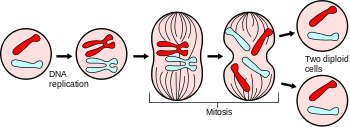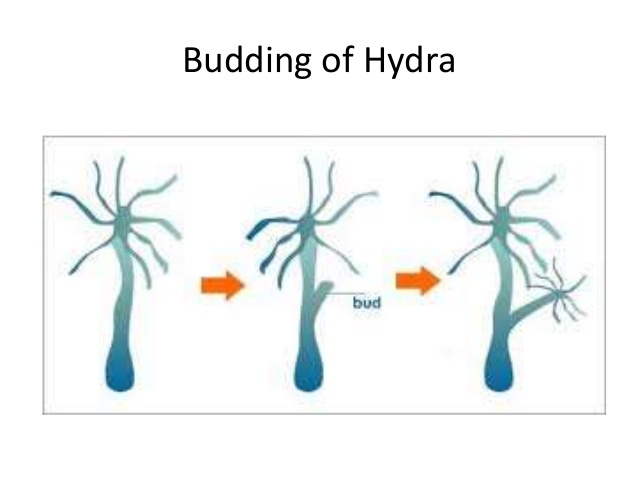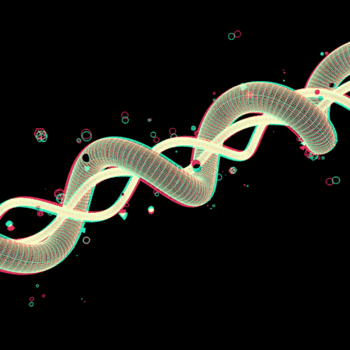How is binary fusion different from budding?
1 Answer
Binary fission and budding are two different types of asexual reproduction methods.
Explanation:
Production of offspring without fertilization is known as asexual reproduction.
Asexual reproduction can be seen in almost all the prokaryotes, some plants, and in certain animals.
It involves one parent individual and results in genetically identical individuals, also known as clones.

Binary Fission- Binary fission is a simple reproduction method which involves mitosis followed by the splitting of a parent individual. It is very common among prokaryotes.
In the binary fission, two identical individuals are formed.

Budding- Budding is also a simple asexual reproduction method seen in fungi, certain plants, and in sponges like Hydra. Here, the replication of the nucleus followed by unequal cytokinesis takes place.
It is a process in which the parent individual produces a smaller individual known as a ‘bud’ by mitotic cell division.
Difference-
• Major difference between binary fission and budding is that in budding there is an outgrowth from the parent individual producing a bud, which is identical to its parent individual, but in binary fission, there is no bud or outgrowth formation.
It only results in two identical individuals by splitting the parent cell into two parts with mitotic cell division followed by cytokinesis.
• In budding, a new individual is formed on the old individual. So the parent or old individual is still there without any change, but in binary fission, the old individual is split into two new individuals.
• Basically the prokaryotes show binary fission. Many eukaryotes like fungi, sponges, and certain plants are reproduced using budding.
• Among unicellular organisms, the only recognizable difference is that, in budding, the parent cell is always larger than the newly formed bud, but in binary fission, parent cell and the newly formed cell are similar in size.

